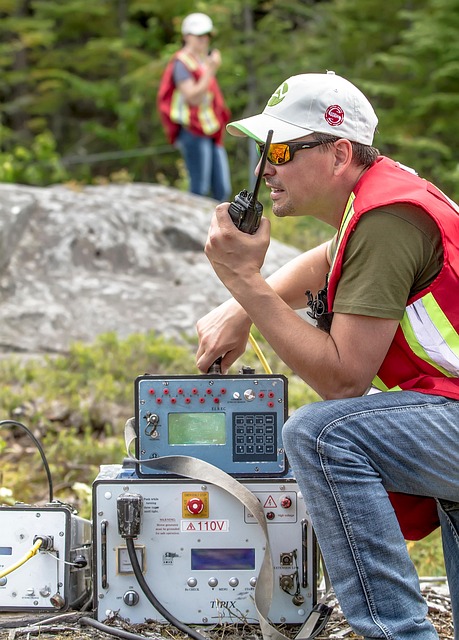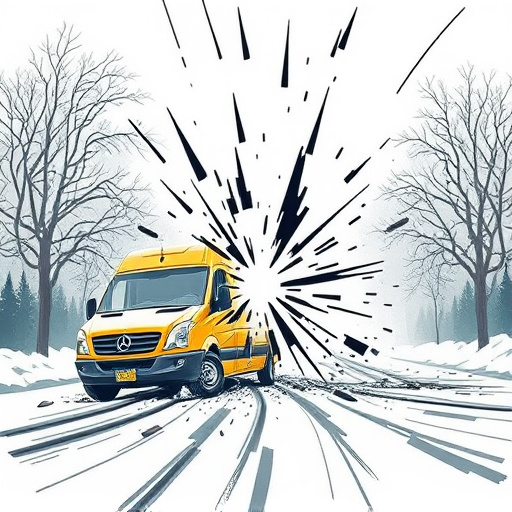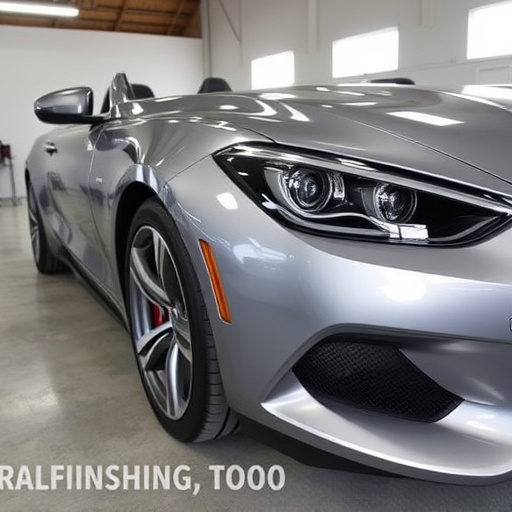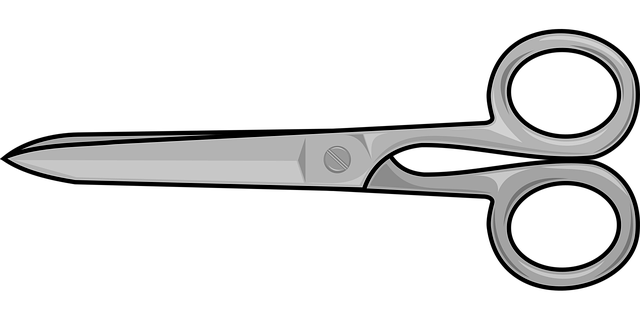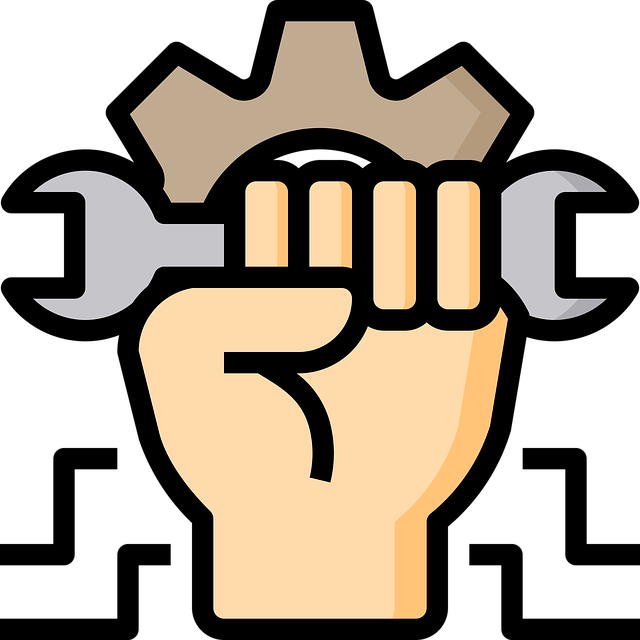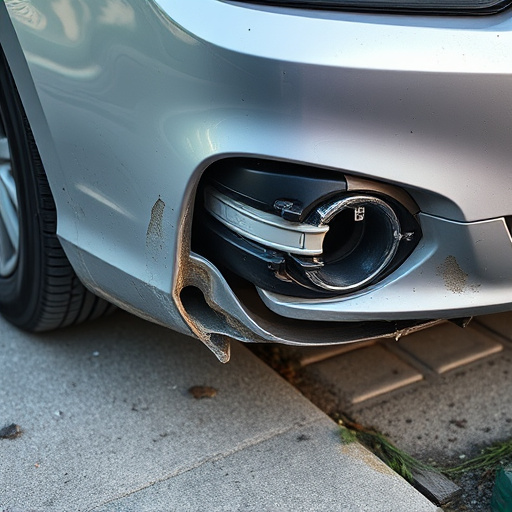TL;DR:
Maintaining proper headlight alignment after a collision is crucial for driver safety and legal adherence. Collisions often cause misalignment due to structural damage, bent metal, or damaged components. Auto repair centers must emphasize accurate realignment during vehicle fixes to prevent blinding oncoming drivers and ensure adequate illumination. A step-by-step process includes inspecting for damage, making adjustments, testing under various conditions, and scheduling regular maintenance to avoid future safety risks and legal penalties related to suboptimal headlight alignment post-crash.
After a collision, proper headlight alignment is crucial for safety. This article delves into the significance of maintaining optimal headlight alignment post-collision and explores common causes of misalignment in motor vehicle crashes. We provide a step-by-step guide to help drivers and mechanics safely check and adjust headlights after an accident, ensuring enhanced visibility and road safety. Understanding these regulations is essential for everyone on the road.
- Understanding Headlight Alignment and Its Significance Post-Collision
- Common Causes of Headlight Misalignment in Motor Vehicle Collisions
- Step-by-Step Process for Checking and Adjusting Headlight Alignment After a Collision
Understanding Headlight Alignment and Its Significance Post-Collision
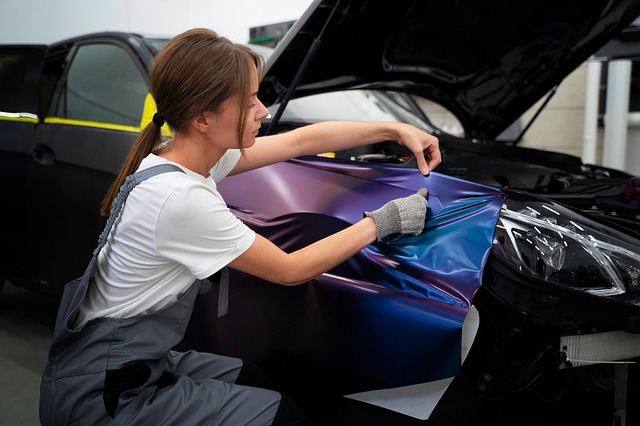
Maintaining proper headlight alignment is paramount after a collision, as it significantly impacts both safety and legality on the road. Headlights serve as a driver’s primary means of illumination during low-visibility conditions, making their correct positioning crucial for preventing accidents and ensuring compliance with traffic laws. When a vehicle experiences a collision, the impact can misalign the headlights, affecting not only their lighting intensity but also their aiming direction.
This misalignment can lead to reduced visibility, causing drivers to see less of their surroundings, including other vehicles, pedestrians, and road signs. In severe cases, incorrect headlight alignment may result in blinding oncoming drivers or failing to provide adequate illumination for safe driving conditions. Therefore, auto collision centers and car collision repair experts emphasize the importance of accurate headlight realignment as a critical step in comprehensive vehicle repair, ensuring both safety and legal adherence on the roads post-collision.
Common Causes of Headlight Misalignment in Motor Vehicle Collisions

In motor vehicle collisions, headlight misalignment is a common consequence, often resulting from several factors. One of the primary reasons is the physical impact itself; the force exerted during a collision can cause the headlights to shift or even detach from their mounting points. This is especially true in severe accidents where metal components may bend or deform, affecting the structural integrity of the headlight assembly. Additionally, the sudden stop or acceleration during a crash can lead to internal damage within the headlight housing, causing misalignment due to damaged parts such as bulbs, reflectors, or seals.
Another significant contributor is the subsequent dent removal and auto repair services required after the initial collision. During the repair process, if not handled with precision, the headlights might be adjusted improperly, leading to off-center positioning. Vehicle restoration techniques, while aiming to return the vehicle to its pre-collision state, can also inadvertently cause headlight misalignment if the original alignment is not meticulously documented and maintained during the repair journey.
Step-by-Step Process for Checking and Adjusting Headlight Alignment After a Collision
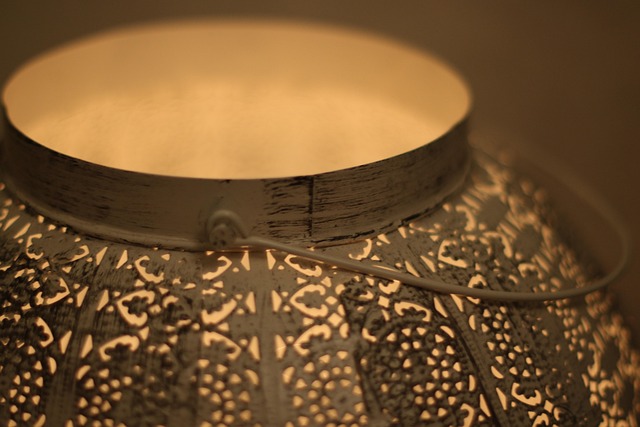
After a collision, ensuring proper headlight alignment is crucial for safe driving and compliance with safety regulations. Here’s a step-by-step process to check and adjust headlights after a crash:
1. Inspect for Damage: Begin by thoroughly examining your vehicle for damage, focusing on the front end where headlights are located. Check for any signs of misalignment, bent components, or damaged headlight housings. Also, inspect the bulbs themselves for breakage or cracks.
2. Use Alignment Tools: If damage is evident or if you suspect misalignment, use specialized alignment tools to measure and assess the headlight positioning. These tools can detect even subtle changes in aim, ensuring your headlights are pointing correctly and not causing blind spots for other drivers.
3. Adjust as Necessary: Based on the measurements from your alignment tools, adjust the headlight components accordingly. This might involve loosening and tightening bolts, adjusting brackets, or replacing damaged parts. It’s recommended to seek assistance from professional auto body services if the damage is extensive, ensuring precise and safe repairs.
4. Test Drive: After making adjustments, take your vehicle for a test drive under various conditions. Check that headlights are illuminating evenly, without any shadows or blind spots. Ensure they shine as intended, avoiding nearby vehicles and pedestrians to confirm proper alignment.
5. Regular Maintenance: To prevent future issues, schedule regular headlight maintenance as part of your vehicle repair routine. This includes periodic checks for wear and tear, cleaning, and replacement when necessary. Auto body services often offer these services to keep your headlights in optimal condition.
In light of the above discussions, it’s clear that proper headlight alignment post-collision is not just about aesthetics but also safety. Understanding the significance and common causes of misalignment allows motorists to take proactive measures. By following a simple, step-by-step process, you can ensure your headlights are aligned correctly, enhancing visibility and safety on the road. Remember, in the event of a collision, don’t compromise on safety; get your headlight alignment checked and adjusted promptly.



